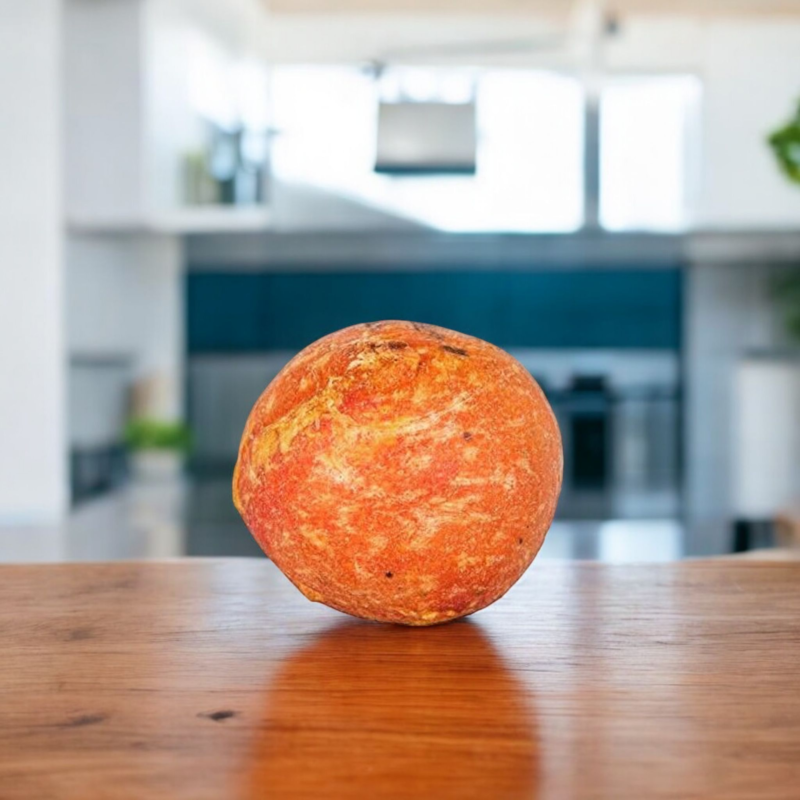What Makes Gorochan So Special
Gorochan (also spelled Gorochana) is not just a gemstone—it is a sacred Ayurvedic substance, traditionally said to form in the gallbladders or brains of highly spiritual animals like cows, bulls, or elephants. Revered in many Vedic texts and Tantric rituals, authentic Gorochan is believed to enhance psychic powers, protect from evil, cure fevers, and activate higher consciousness. Due to its sacred status and rarity, it is often faked. Here’s how to confidently identify the real thing.
Know Its Origins and Significance First
Real Gorochan is organic, formed within certain animals over years—making it extremely rare.
In ancient traditions, it was harvested respectfully and never in mass production.
Today, most available Gorochan is either synthetic, mineral-based, or herbal imitation.
Key Identification Features
Observe the Color and Texture
Real Gorochan is yellowish, mustard, or golden-orange in color, sometimes slightly translucent.
The texture is chalky to waxy, not glassy or shiny.
It may have natural grain lines, pits, or variations in tone—never perfectly smooth.
Fake Alert: Bright neon yellow, perfect shine, or synthetic polish may indicate turmeric, chalk, or plastic imitation.
Check the Smell
Authentic Gorochan has a mild but earthy scent—sometimes described as medicinal, herbal, or slightly animalic.
Some traditional pieces may carry a faint cow-dung or camphor-like note due to their origin or preservation.
Fake Alert: No smell at all (like chalk), or overly strong artificial fragrance indicates a synthetic product.
Feel the Weight and Warmth
Real Gorochan is usually lightweight, and warms easily in your hand.
Its texture should feel soft and can be scratched or powdered with a fingernail or coin.
Fake Alert: Too heavy or too hard to scratch means it may be a dyed stone or resin.
Water Test (Optional & Gentle)
Place a small flake in warm water. Real Gorochan will:
Slightly dissolve or cloud the water with a golden hue.
Float or disintegrate slowly.
Some real Gorochan is water-soluble and can even be consumed in Ayurveda (only under expert guidance).
Fake Alert: No color change or oily residue suggests artificial material.
Energy Sensitivity Test
Users of authentic Gorochan often report:
A warming or tingling sensation on the third eye.
A feeling of calm focus or clarity when meditating with it.
Use in tilak or bindi enhances intuition and wards off negativity.
Fake Alert: Energetically flat, no sensations, or oily feeling on the skin can be signs of a fake.
Forms in Which Gorochan Is Found
1. Stone or Lump Form – Traditionally kept in silver boxes for ritual use.
2. Tilak or Powder Form – Used in temples for third-eye activation and protection.
3. Beads or Pendants (Rare) – Sometimes placed in rudraksha malas or amulets.
Common Imitations of Gorochan
Turmeric or Haldi mixed with Ghee – Used to replicate texture and color.
Dyed Chalk or Clay – Can be molded and sold as stone.
Synthetic Resin – Smooth, shiny, and fake energetically.
Cow Dung with Color – Sometimes shaped and dried to look like Gorochan.
Ask the Right Questions Before Buying
Is it of herbal, mineral, or animal origin?
Most legal options today are mineral- or herb-based approximations.
Is it lab-tested or spiritually activated?
Reputable sellers may provide background on source and use.
How old is the Gorochan?
Aged Gorochan darkens slightly and is considered more powerful.
Final Thoughts
Gorochan is a rare, sacred, and energetically potent substance used for centuries in Ayurveda and spiritual rituals. Whether you’re using it for meditation, protection, or energy work, learning to identify the texture, smell, color, and energetic feel is key. With so many fakes on the market, it’s crucial to source from ethical, informed sellers—and trust your intuition.
With practice, recognizing true Gorochan becomes second nature.


